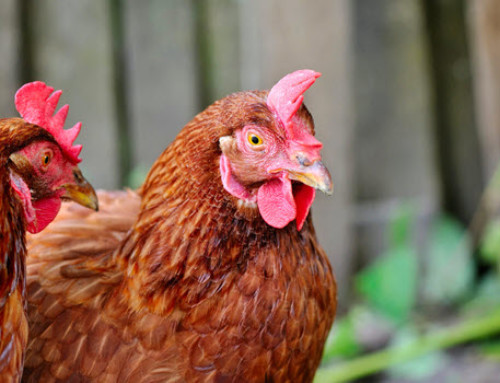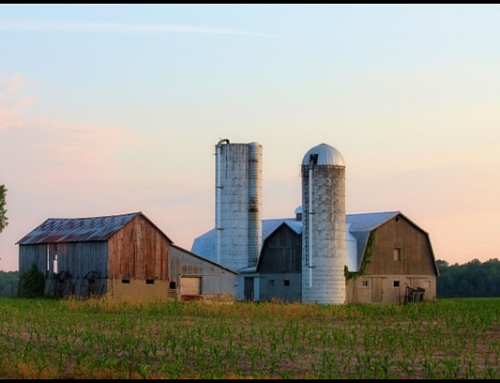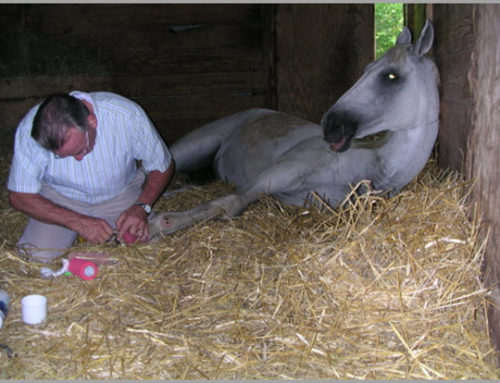Domestic Pigs: How They Evolved, How They Live?
Swine, or domesticated pigs and hogs are omnivorous animals that are generally commercially raised for pork meat and leather. In the United States, a “pig” is a young swine weighing less than 120 pounds while a “hog” is a more mature one which weighs more than 120 pounds. The swine belongs to the same family as wild boars wart hogs, bush pigs and babyrusas.
Their common characteristics include a stout, stocky torso, short legs with four hoofed toes each, a long head, short pointed ears, small eyes and a distinctive snout, tipped with of a round cartilaginous disk and terminal nostrils which allows them to move their nose as they sniff their way along the ground while foraging for food. Most breeds of domestic pigs and hogs have sparse hair covering their skin.
They are sociable and smart animals and, like dogs, can be taught and trained to perform a variety of tricks and tasks. Dwarf breeds, like the pot-bellied pigs, can make excellent house pets.
According to the National Pork Board, most swine bred for consumption are the offspring of a combination of one of five dark breed boars bred to one of three white breed sows.
This is because the dark breed boars enhance the meat quality of their offspring while the white breed females are used for their ability to produce many piglets as well as for their maternal instincts which allow more piglets to survive.
There are many combinations of breeds and genetic lines used to influence the characteristics each producer looks for with regard to meat quality, farming method and the hog market.
The most popular commercial breeds in the United States are the Berkshire, the Chester White, the Duroc the Hampshire, the Landrace, the Poland China, the Spotted Pig and the Yorkshire.

Unveiling the Unique Qualities of Exceptional Domesticated Pigs
The quality of their pork have certain desirable characteristics, including the rich taste of their meat, the distinct marbling, the bacon flavors and creamy fat.
Heritage breeds, unfortunately, are generally not suited for commercial farming. There are thirteen known heritage breeds in the United States. They are: the Choctaw, the Gloucastershire Old Spot, the Guinea Hog, the Hereford, the Iberian, the Lacombe, the Large Black, the Large White, the Mangalitsa or wooly pig, the Mulefoot, the Ossabaw, the Mangalitsa or wooly pig, the Mulefoot, the Ossabaw Island Hog, the Red Wattle, the Swabbian Hall, and the Tamworth.
Artisan pork products made from heritage breeds are highly prized and rarely available in commercial food outlets.
Other types of domesticated pigs are raised, albeit not on a commercial scale, for the uniqueness of their features as well as to help in the conservation of the lineage. These include the pot-bellied pig, the bearded pig and the warty pig breeds.
In county fairs and agricultural shows, pigs which are entered in the exhibition matches are usually either judged for their stud stock capability vis-a-vis the standard features of their breeds or for their suitability in providing premium-quality meat.







Leave A Comment